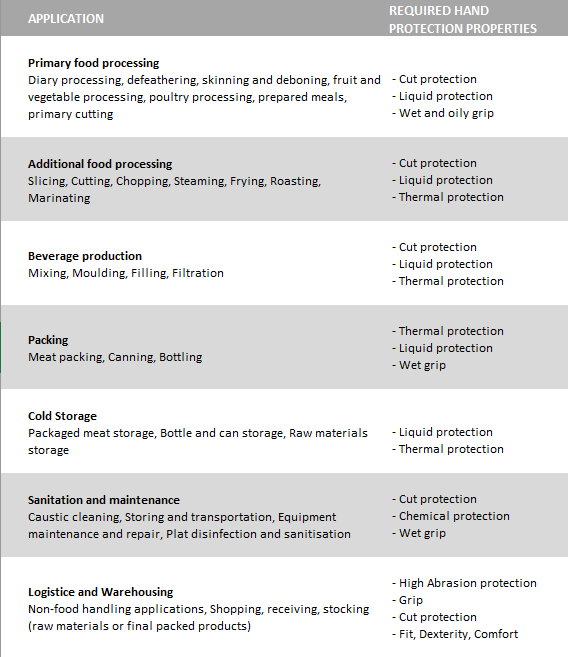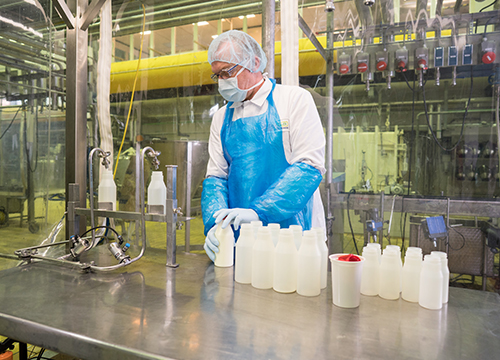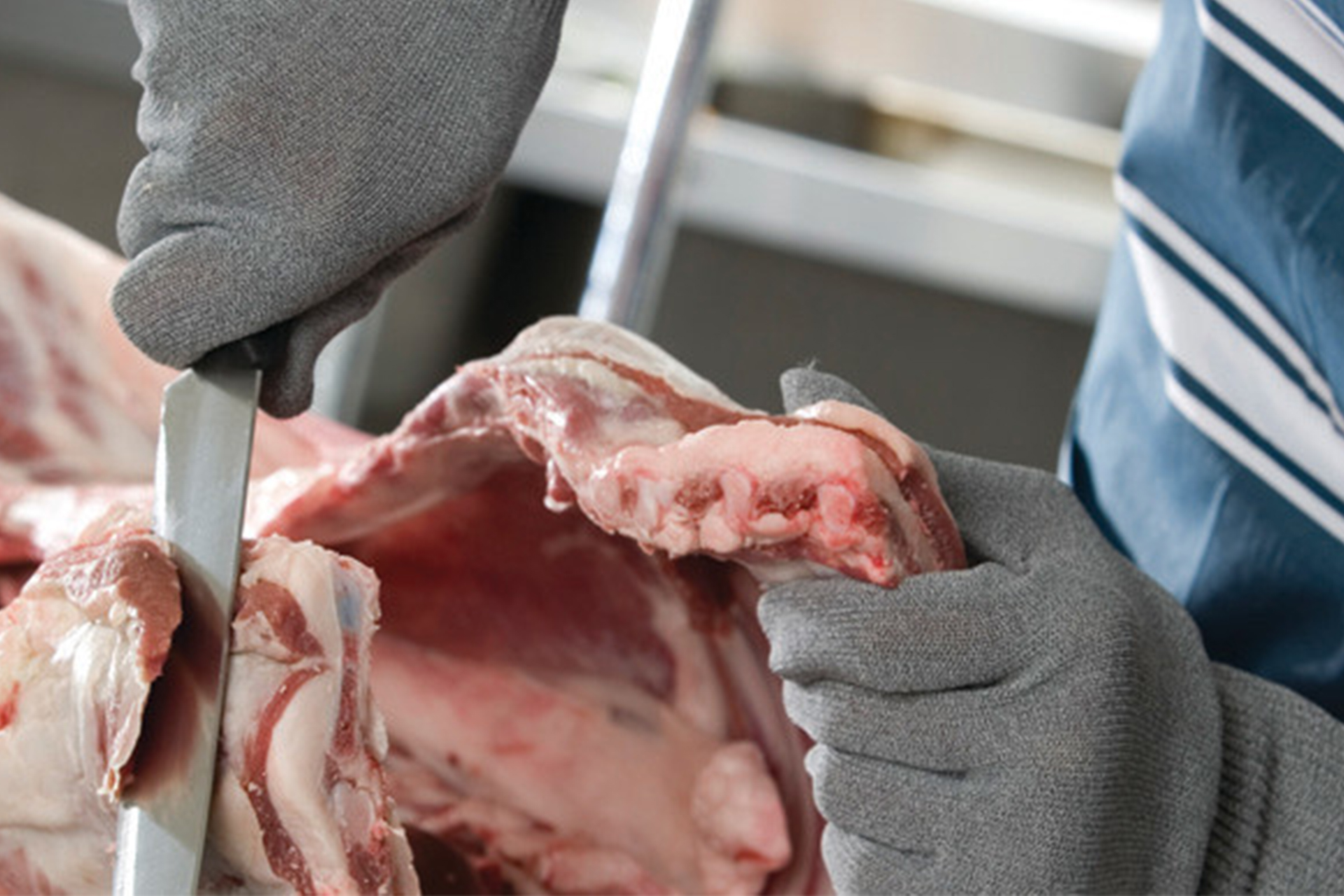Few industries exhibit the breadth of workplace hazards found within the food and beverage processing sector. Process workers perform a vast array of tasks, often in harsh environmental conditions, and are required to work with tools and machinery that threaten their safety if appropriate defences are not employed. From a statistical standpoint, data relating to injury in food and beverage processing falls under the ‘food, beverage and tobacco manufacturing’ group. Australian studies find that — while most industries present a proportion of injuries that reflect the proportion of workers — this group is over-represented in terms of reported injuries, typically exhibiting a rate of around 25% (1) . In the EU, that figure is closer to 18% (2).
Risk of injury through cut or other mechanical hazards, exposure to chemicals, thermal extremes and contact with bacteria, blood, grease and oil is common for food and beverage processing workers, making the utilisation of suitable personal protective equipment (PPE) imperative. As many tasks require effective and efficient handling of materials, a suitable hand protection solution should be the first consideration for safety and operations managers looking to provide a defence against preventable injury.
Know the risk and requirements
The hazards are as varied as the tasks carried out by members of the food and beverage processing sector. In addition to food handling, processing typically incorporates the use of machinery and tools which must be regularly maintained to ensure smooth operation, and it is equally important to ensure that maintenance workers are adequately protected. So, how can safety managers easily determine which glove to use for each application within this multifaceted industry? While the type of task and working conditions provide a useful guideline for the best choice, it is also commonplace to identify multiple hazards associated with each application. The following table provides an overview of the required hand protection properties for some common food and beverage processing and handling tasks.


Given the extreme range of tasks and associated hazards, determining the optimum hand protection solution for the food and beverage processing sector can be difficult. The situation is complicated even further by the presence of multiple risks, so it’s important to not only assess and identify all hazards, but also to acknowledge other contributing influences.
To facilitate the best possible outcome, consider utilising a program like Ansell’s Guardian to determine the most appropriate hand protection choice. Guardian utilises best practice and comprehensive risk assessment, based on a customised analysis your specific workplace conditions, to deliver expert recommendations that guarantee the best defence against hand injury.
Footnotes – (1) Work Related Injury Experience (p8) – Safe Work Australia. (2) Causes and circumstances of accidents at work in the EU (p69) – European Commission










